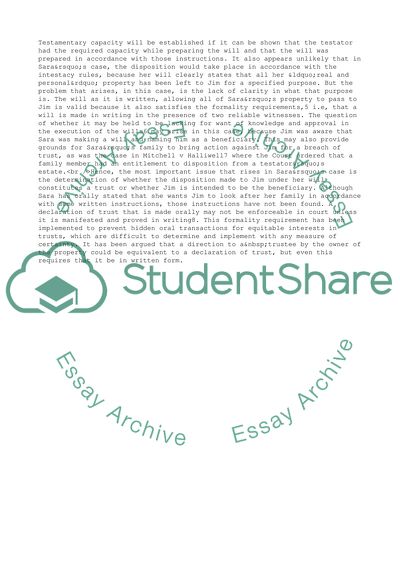Cite this document
(Equity and Trusts Case Study Example | Topics and Well Written Essays - 1500 words, n.d.)
Equity and Trusts Case Study Example | Topics and Well Written Essays - 1500 words. https://studentshare.org/business/1721111-equity-and-trusts
Equity and Trusts Case Study Example | Topics and Well Written Essays - 1500 words. https://studentshare.org/business/1721111-equity-and-trusts
(Equity and Trusts Case Study Example | Topics and Well Written Essays - 1500 Words)
Equity and Trusts Case Study Example | Topics and Well Written Essays - 1500 Words. https://studentshare.org/business/1721111-equity-and-trusts.
Equity and Trusts Case Study Example | Topics and Well Written Essays - 1500 Words. https://studentshare.org/business/1721111-equity-and-trusts.
“Equity and Trusts Case Study Example | Topics and Well Written Essays - 1500 Words”. https://studentshare.org/business/1721111-equity-and-trusts.


